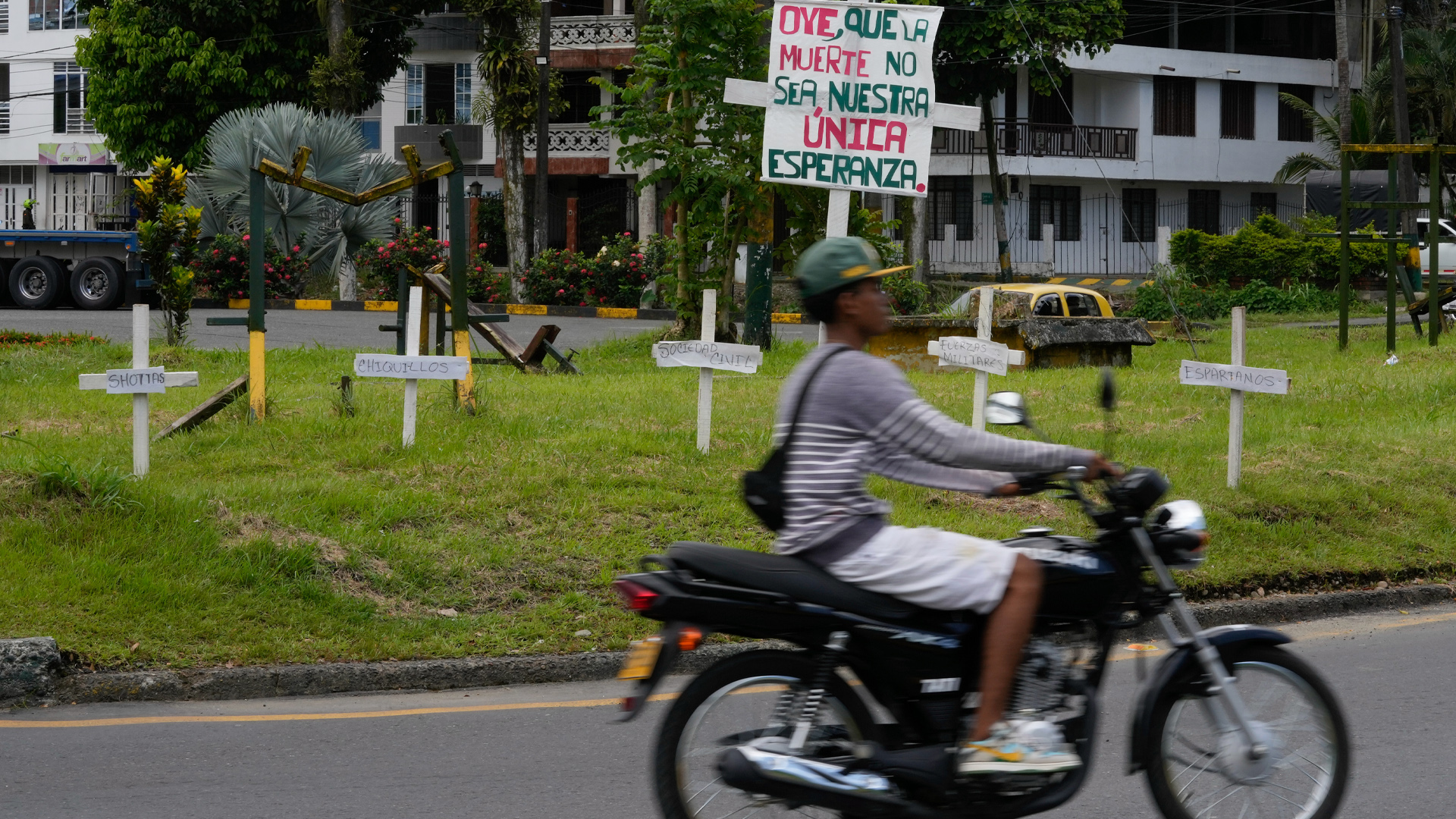
Late last year, Immigration, Refugees and Citizenship Canada (IRCC) launched what it publicized as a family-based humanitarian immigration pathway for some Haitian, Venezuelan and Colombian nationals.
The HIP-HVC program, announced after U.S. President Joe Biden’s visit to Canada in March 2023, was meant to provide a path to economic opportunities to address forced displacement as an alternative to irregular migration.
The application deadline was Dec. 30 and IRCC is assessing the applications received. The program was originally set to accept 15,000 people but was cut to 11,000. It is unclear whether those 4,000 spots will be allocated to temporary foreign workers as initially suggested by IRCC, or whether they will be used in a future iteration of the program.
An estimated 6.4 million displaced Venezuelans settled in Latin America and Caribbean countries between 2016 and 2022. Almost 200,000 people have been internally displaced in Haiti since June 2021 and more than one million Colombians have experienced internal displacement due to conflict despite a 2015 peace agreement – 89 per cent of the latter forced from rural to urban areas.
Canada is right to open its doors wider to people from these three countries. They are in need of humanitarian assistance. However, the HIP-HVC program has created inequities that should be corrected immediately so it can provide the greatest help to those who need it most and to prevent further abuse.
The program does not target displaced people
Canada’s response to the forced displacement crisis came quite late. And unlike the U.S, Canada has not addressed the dire situation of people in other Central American countries, where approximately 318,600 people have been internally displaced since 2018.
Worse, the HIP-HVC program turns out to be a patchwork of regulations and directives that lack provisions to identify applicants from the three countries who are in situations of forced displacement or irregular migration – the original purpose of the program.
Instead, it operates as a semi-blanket program that allows any Canadian citizen or permanent resident with family members in those three countries to “anchor” them in Canada regardless of their situation.
An “anchor” is a Canadian citizen or permanent resident 18 years or older who lives outside Quebec and commits to supporting the family members for one year. (Quebec is not part of the program.)
Anchors must not be receiving social assistance for a reason other than disability. They must not receive any financial compensation from the sponsored family members or be in detention, among other requirements.
Another failure of the program is that it ignores Latin America’s strong social-class divisions and rural/urban divide. The region remains among the most unequal in the world, according to a recent UN report.
For example, by having a Canadian anchor, a wealthy Bogota family of five that has not experienced forced displacement can easily obtain Canadian permanent residency under the program.
Wealthy and middle- or upper-middle-class urban applicants can also obtain required documents more easily than displaced or underprivileged persons because the former can afford the cost and don’t have to travel as far to appear at local government offices.
Displaced persons have been forced out of their homes or are escaping danger. So, returning to their former place of residence to obtain official documentation entails many challenges.
Canadian resources are being distributed indiscriminately
The HIP-HVC program allows all applicants – including the wealthy and upper-middle class – to obtain Canadian permanent residency for free. This is because IRCC has waived all application fees. In the hypothetical case of the non-displaced, rich Bogota family, Canadian taxpayers would be handing them $2,785 in waived application fees if approved.
Under the program, Canada is offering everyone who will be accepted pre-departure medical services along with the equivalent of three months of financial assistance once in Canada, and access to free settlement services to support their labour integration before and after they arrive.
This economic support is certainly needed in many cases, but the HIP-HVC is ripe for abuse.
A more curated applicant profile definition, considering also social class and background, would create a more equitable program and be a better-targeted allocation of Canadian taxpayers’ money.
How many family members are allowed?
Another weak aspect of the HIP-HVC is its lack of definition regarding the number of family members able to apply, especially considering the limited number of available spots.
Anecdotally, Instagram shows how some applicants have added all possible family members to their applications. On the platform, a young lawyer in Bogota disclosed how her anchor sister in Canada applied for her, her husband, their mother, other sisters and their children (a total of at least seven people).
Another couple – both with permanent-resident status – submitted applications for family members almost immediately after the program opened, resulting in a kind of “double dipping” since each partner would be eligible to sponsor their own family members.
An ethical question arises here. Why is a single anchor able to bring multiple family members at once while many other Canadians have been denied for years “a reasonable opportunity” to sponsor a (grand)parent and have faced more stringent conditions?
The addition of more applicants per anchor also subtracts spots for others from the total number of places available for the program.
IRCC assigns only a relatively few spots to the general “humanitarian and other” category per year. As the number of HIP-HVC spots is increased, spots from other humanitarian programs are reduced accordingly. For the humanitarian and other category, IRCC assigned only 10,500 spots for 2023 and 13,750 spots for 2024.
Who counts as family?
The HIP-HVC also modified the definition of family as defined in Canada’s immigration and refugee protection regulations. This is not surprising considering that Canada has continuously changed this notion since 1910.
Currently, Canada allows the sponsorship of only spouses or partners, dependent children, parents and grandparents (some exceptions apply) through a complex and lengthy determination process. Dependent children are accepted only if they are under 22 and not married or in a common-law relationship (two exceptions apply).
However, the HIP-HVC allows the sponsorship of a child of any age and marital status. This is good news for family reunification, but it is at odds with other sponsorship program requirements that have limited family reunification, thus generating further inequality.
The inequities are particularly relevant when we consider that Canadians’ perceptions of the government’s ability to plan for challenges is turning more negative and that many Canadians think immigration levels are currently too high.
Before IRCC moves further with this program, it is imperative to address the lack of targeted definition, the exclusion of other potential beneficiaries in the region, and the prior identification and resolution of any unintended consequences.
Not doing so goes against IRCC’s equity vision and mission and further reproduces inequality not only at national but also at international levels.








